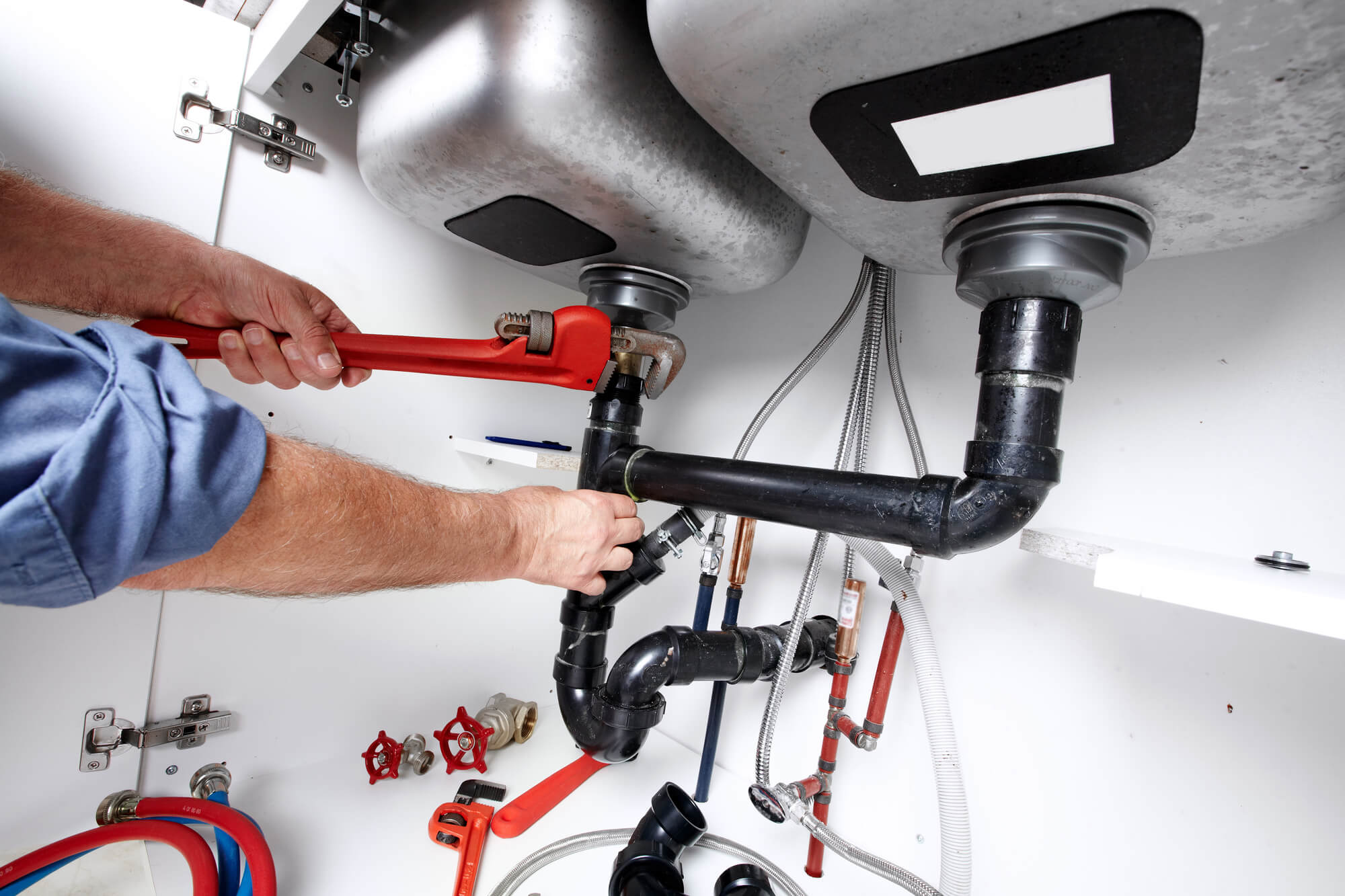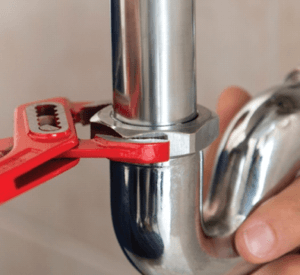The content which follows involving 6 Common Plumbing Problems and How to Fix Them is quite insightful. You should take a peek.

Introduction
Preserving a practical plumbing system is essential for a comfortable home. By taking preventive measures, you can avoid common plumbing issues that might interrupt your day-to-day live and sustain expensive repair work.
Regular Upkeep Checks
On a regular basis inspecting your plumbing system is essential for recognizing prospective problems prior to they rise. Check pipelines, faucets, bathrooms, and home appliances for leaks, deterioration, or indications of wear and tear.
View What You Flush
Bear in mind what you flush down your toilets. Prevent purging products such as wipes, cotton rounds, sanitary items, and paper towels, as these can create obstructions and back-ups in your pipelines.
Correct Disposal of Oil and Food Waste
Dispose of oil, oils, and food scraps appropriately to avoid accumulation in your pipelines. Prevent pouring oil away, as it can strengthen and create clogs. Utilize a strainer in your kitchen area sink to catch food fragments and empty it on a regular basis.
Screen Water Pressure
Keep an eye on your water stress to avoid tension on your pipes and devices. High water stress can result in leakages and damages over time. Take into consideration setting up a stress regulator to preserve optimum water pressure throughout your home.
Shield Pipes from Cold
During winter, take steps to stop your pipes from cold. Insulate subjected pipes, specifically those in unheated areas like cellars and attic rooms. Permit taps to drip during freezing temperature levels to avoid water from freezing in the pipelines.
Address Leaks Without Delay
Address any type of leakages or trickles as quickly as you discover them. Also minor leaks can waste water and trigger damages to your home with time. Tighten up loose fittings or replace worn-out seals to prevent leaks from aggravating.
Be Mild with Plumbing Components
Avoid utilizing extreme force when operating plumbing fixtures such as taps and shutoffs. Misuse can create damage, causing leaks and other malfunctions.
Normal Drainpipe Cleaning
Schedule regular drainpipe cleansing to stop accumulation of hair, soap scum, and other particles. Utilize a drain serpent or enzymatic cleaner to remove clogs and keep smooth drain.
Install Water Softeners
Take into consideration setting up a water conditioner if you have difficult water. Tough water can trigger mineral buildup in your pipelines and home appliances, leading to minimized water circulation and performance.
Inform House Members
Educate everybody in your house concerning correct plumbing techniques. Show them what need to and shouldn't be flushed or dealt with down the tubes to avoid preventable plumbing issues.
Final thought
Stopping usual plumbing concerns in your house needs diligence and regular upkeep. By adhering to these safety nets, you can make sure that your plumbing system operates smoothly and stay clear of expensive repair work in the future.
Expert Tips for Preventing Common Plumbing Issues
Keep Drains Clear and Functional
Regularly clean drain covers and hair-catching devices to eliminate debris and prevent buildup. Avoid disposing of grease, oil, or coffee grounds down your drains, as they can congeal and accumulate over time, creating obstructions. Consider using a biodegradable drain cleaner periodically to break down organic matter and maintain clear pipes. Prevent and Identify Leaks Early
Regularly inspect visible plumbing connections, pipes, and fixtures for signs of moisture or corrosion. Fix loose connections or replace damaged components as needed. Install water leak sensors in high-risk areas such as under sinks, near water heaters, and around washing machines to provide early warning of potential leaks. Monitor your water bill for sudden increases in usage, which may indicate a hidden water leak. Protect Plumbing from Freezing Temperatures
Allow faucets to drip slightly during extremely cold weather to prevent freezing and pressure buildup inside the pipes. Seal gaps and openings in walls, doors, and windows near plumbing to prevent drafts from reaching your pipes. Maintain Optimal Water Heater Performance
Schedule annual professional maintenance of your water heater, including checking pressure-relief valves, flushing sediment buildup, and inspecting for corrosion or leaks. Maintain the manufacturer-recommended temperature setting, typically around 120°F (49°C), to optimize energy efficiency and prevent scalding. Consider installing an expansion tank in your system if you have a closed-loop water supply, which prevents excessive pressure buildup and potential water heater failure. https://www.climatecontrolkc.com/blog/plumbing/tips-for-preventing-plumbing-issues/

Hopefully you enjoyed our part about How to Deal With and Prevent Common Plumbing Problems. Many thanks for taking time to read our blog. Please pause to promote this write-up if you appreciated it. We enjoy your readership.
Additional Information